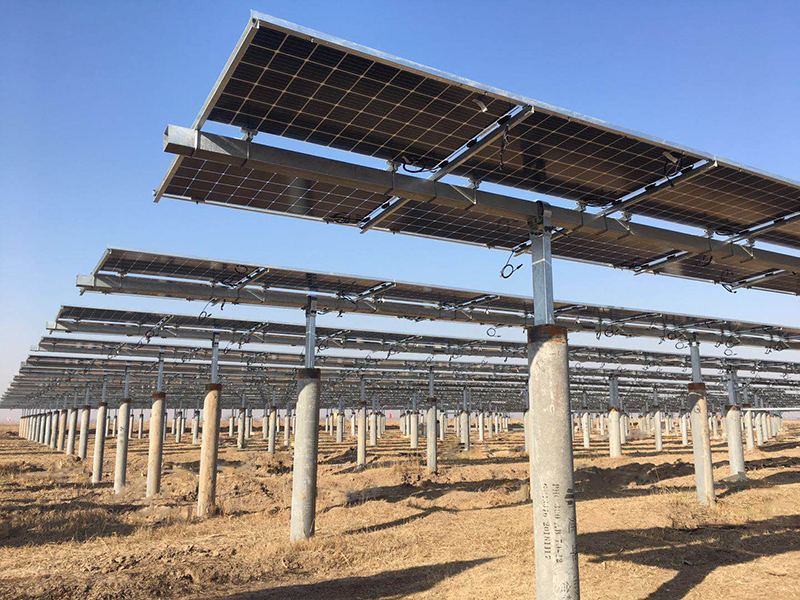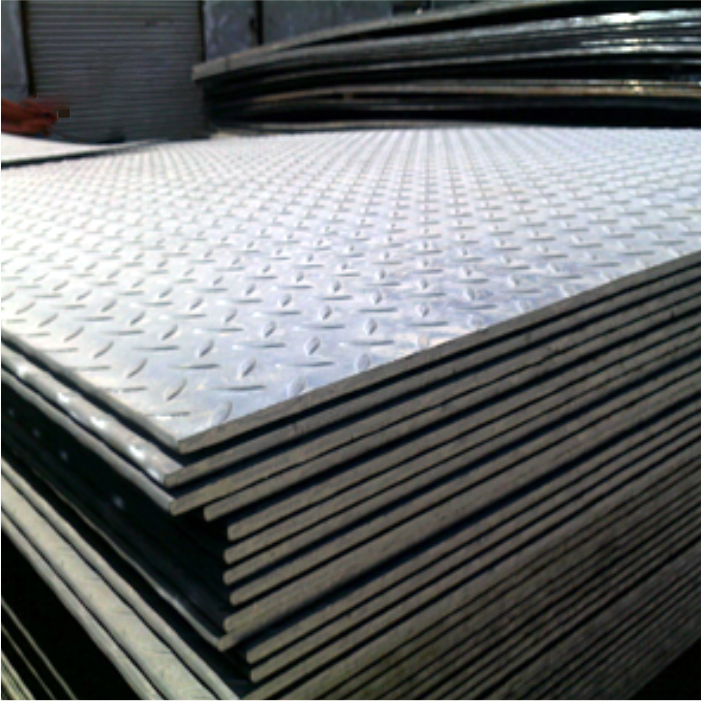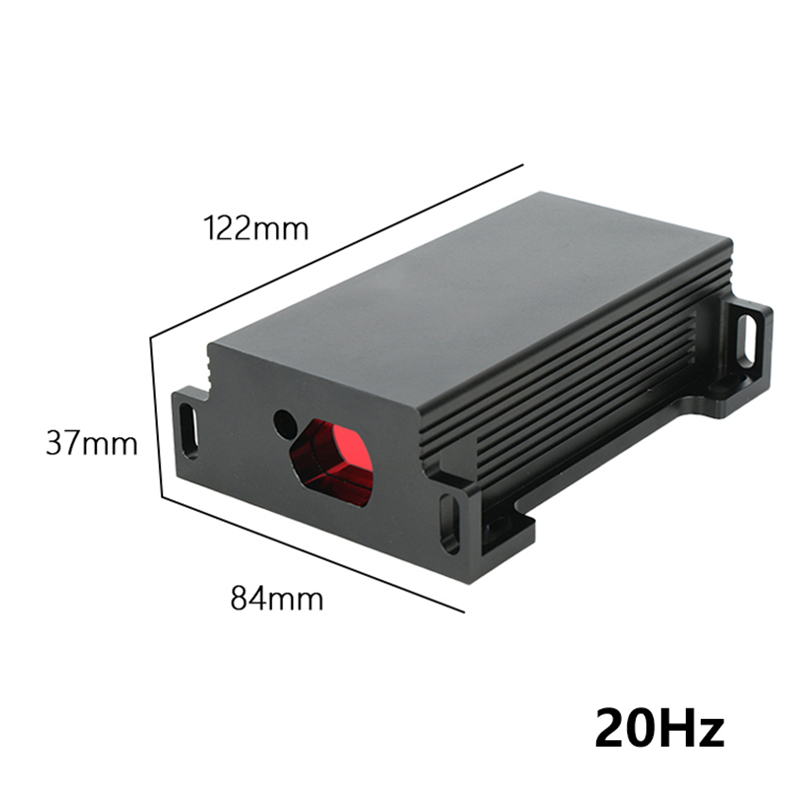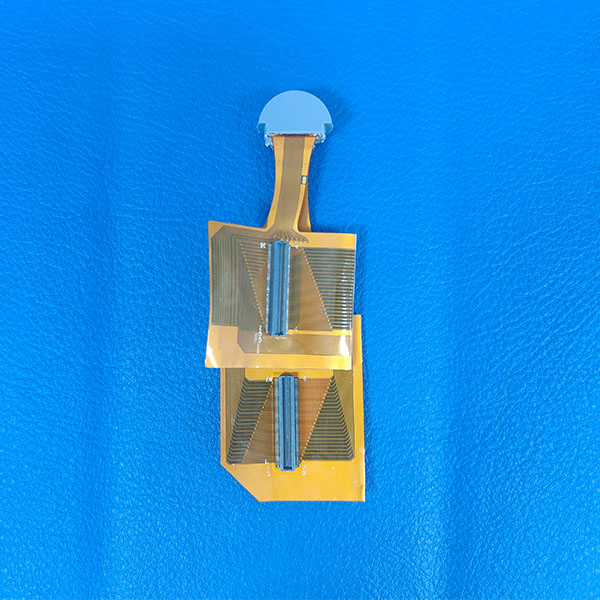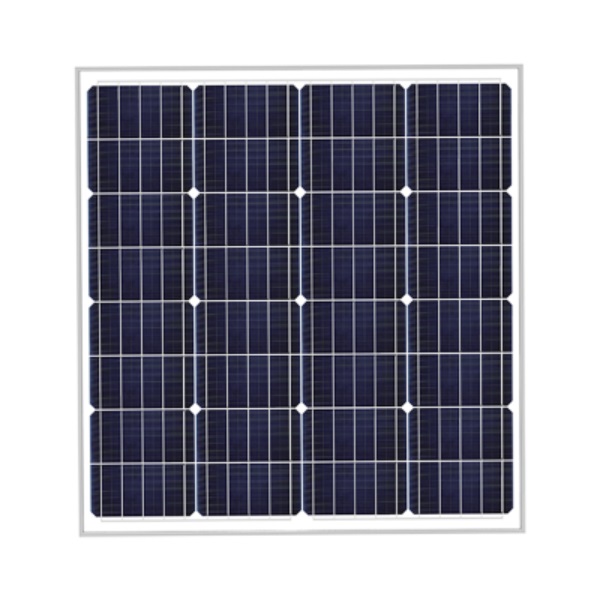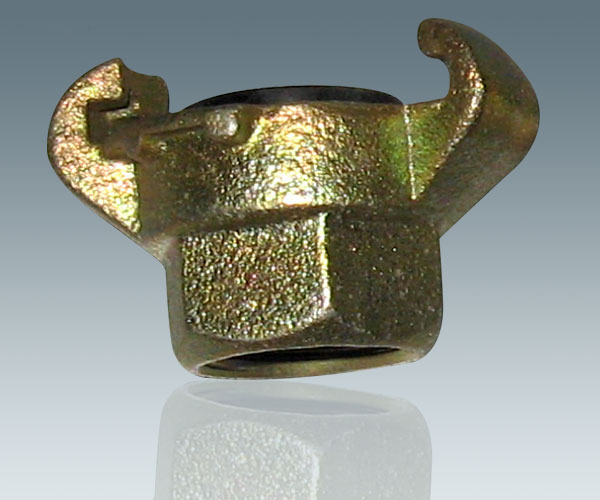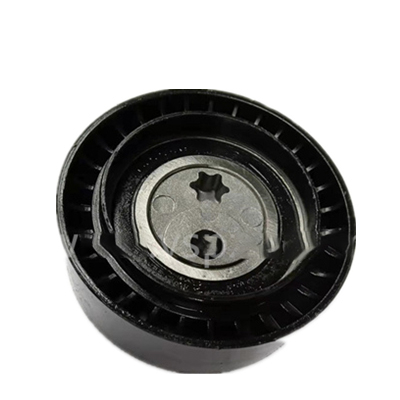Flat Single Axis Solar Tracking System
Product Introduction
ZRP flat single axis solar tracking system has one axis tracking the azimuth angle of the sun. Each set mounting 10 – 60 pieces of solar panels, given a 15% to 30% production gain over fixed-tilt systems on the same size array. ZRP flat single axis solar tracking system has good power generation in low latitude regions, the effect will be not so good in high latitudes, but it can save lands in high latitude regions. Flat single axis solar tracking system is the cheapest tracking system, widely used in large-scale projects.
Flat single axis solar trackers will gather less energy per unit compared to dual axis solar trackers, but with shorter racking heights, they require less space to install, creating a more concentrated system footprint and an easier model for operations and maintenance.
We can equip weather station, with wind sensor, irradiator, rain and snow sensor, real-time perception of weather changes. In windy weather, the system can return to the horizontal state to achieve the wind resistance purpose. When it rains, the module enters a tilted state so that the rainwater can wash the module. When it snows, the module also enters a tilted state to prevent snow covering on module. On cloud-covered days, sunlight doesn’t reach the Earth’s surface with direct beams — it is received as diffuse light — which means a panel facing directly at the sun won’t necessarily have the most generation. It could mean panels will stow horizontally to catch the diffuse light.ZRP flat single axis solar tracking system has one axis tracking the azimuth angle of the sun. Each set mounting 10 – 60 pieces of solar panels, given a 15% to 30% production gain over fixed-tilt systems on the same size array. ZRP flat single axis solar tracking system has good power generation in low latitude regions, the effect will be not so good in high latitudes, but it can save lands in high latitude regions. Flat single axis solar tracking system is the cheapest tracking system, widely used in large-scale projects.
Flat single axis solar trackers will gather less energy per unit compared to dual axis solar trackers, but with shorter racking heights, they require less space to install, creating a more concentrated system footprint and an easier model for operations and maintenance.
Product Parameters
| System type |
Single row type / 2-3 rows linked |
| Control mode |
Time + GPS |
| Average tracking accuracy |
0.1°- 2.0°(adjustable) |
| Gear motor |
24V/1.5A |
| Output torque |
5000 N·M |
| Tracking power consumption |
5kWh/year/set |
| Azimuth angle tracking range |
±50° |
| Back tracking |
Yes |
| Max. wind resistance in horizontal |
40 m/s |
| Max. wind resistance in operation |
24 m/s |
| Material |
Hot-dipped galvanized≥65μm |
| System warranty |
3 years |
| Working temperature |
-40℃ - +80℃ |
| Weight per set |
200 – 400 KGS |
| Total power per set |
5kW – 40kW |
